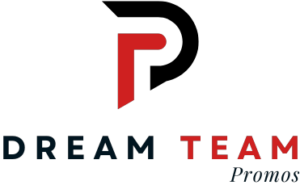Many people prefer a physical copy of a book in addition to or instead of a digital version. This is especially true for reference books or workbooks that require notation.
Paper weight impacts both the look and feel of your book. Lighter-weight papers offer flexibility while heavy-weight papers provide durability and stiffness, ideal for hard cover and high page count books.
Aesthetics
Careful selection of paper, binding method, and cover material plays a crucial role in achieving an elegant and professional appearance for your book. Moreover, it is essential to take into account the durability of the binding materials and the accessibility of the content for readers. Whether you require an archival-quality document or a high-quality book, utilizing that quality bookbinding materials of superior quality ensures both durability and aesthetic appeal. Additionally, it is important to factor in the desired level of printing, as it impacts the final thickness of your project.
Perfect binding is a popular, cost-effective method that provides durability and flexibility. With this method, the pages of your book are gathered and adhered together, creating a “text block” that’s then wrapped in a soft cover to complete your book. This technique can be used for everything from yearbooks to novels, art books, and custom publications.
Section sewn binding, or singer sewing, is a durable and attractive option for notebooks, sketchbooks, journals, and other bound materials. It provides excellent strength and durability for heavy use while keeping the pages flat. This method is a great choice for books that need to open flat for reading or writing.
Spiral binding offers a fast and inexpensive solution for projects with few pages, such as brochures, event programs, manuals, or zines. This type of binding uses a plastic spine comb, twin loop wire coils, or a metal spiral to hold pages tightly together. It’s a great choice for business clients who need a professional, lightweight book.
Durability
Utilizing quality materials in bookbinding offers a significant advantage in terms of durability. Regardless of whether you are a student or a professional, it is crucial for your bookbinding project to maintain its integrity and remain undamaged for a period of 70 to 100 years. The selection of high-quality paper, adhesives, and other binding supplies plays a vital role in guaranteeing the longevity of your book.
For example, a hardcover book with cloth binding is extremely durable and offers a more elegant look than paperbacks. Cloth covers are also moisture-resistant, which protects the pages from contamination and other environmental conditions that can cause degradation over time. Additionally, cloth-bound books can be re-bound if they become damaged.
Saddle-stitched books are durable and offer a cost-effective solution for shorter print runs.
Archival Quality
The appearance and tactile experience of a completed book can be significantly influenced by the caliber of bookbinding materials employed. High-quality papers exhibit an exquisite and refined allure, whereas coarser textures impart a rustic and authentic aesthetic. Moreover, the quality of the paper directly affects its ink absorption capacity, thereby influencing both legibility and durability.
Different paper weights also affect the durability and flexibility of a book. Lighter paper weighs less and is more flexible, while heavier paper tends to be thicker and more durable. Heavier papers also absorb ink more slowly, which can help to prevent the ink from wearing away over time.
Another advantage of quality bookbinding materials is their archival qualities. Archival-quality materials are designed to last up to 100 years or more, which can be important for historical and cultural books that need to stand the test of time. Archival materials are also safer for the environment than regular paper, as they don’t release harmful chemicals into the atmosphere. Professionally bound books can increase the value of a book, making them more attractive to potential buyers. Hardcover bindings, in particular, add a level of sophistication that can elevate the value of a book. Also, hardcover books can lay flat when opened, making them easier to read and write.
Reusability
The reusability of quality bookbinding materials is one of the most significant advantages of choosing these options over lower-quality alternatives. This is particularly true with plastic comb binding, which features customizable printed spines for a more sophisticated visual appeal, or spiral binding, which is durable and flexible enough to allow the pages to lie flat when opened. Saddle stitch binding is a cost-effective method ideal for brochures, event programs, manuals, zines, and other short publications. It offers a sleek, professional appearance and allows for easy editing. It is also highly durable and can withstand heavy use, handling, and wear.
Section-sewn binding is a more specialized type of bookbinding that requires specialized tools and materials. Professional bookbinders or experienced hobbyists often do it. It is a long and labor-intensive process, but it produces a highly durable and visually appealing book. It is often used in high-end books, such as art or coffee table books, but it is also suitable for journals and logbooks.
Wire-O binding uses metal wires to secure the pages of a document. The wires come in various sizes to accommodate page counts and book dimensions. It is a durable option that lays flat when open and provides an easy reading and writing experience. It also offers a polished, professional look ideal for presentations and reports.













